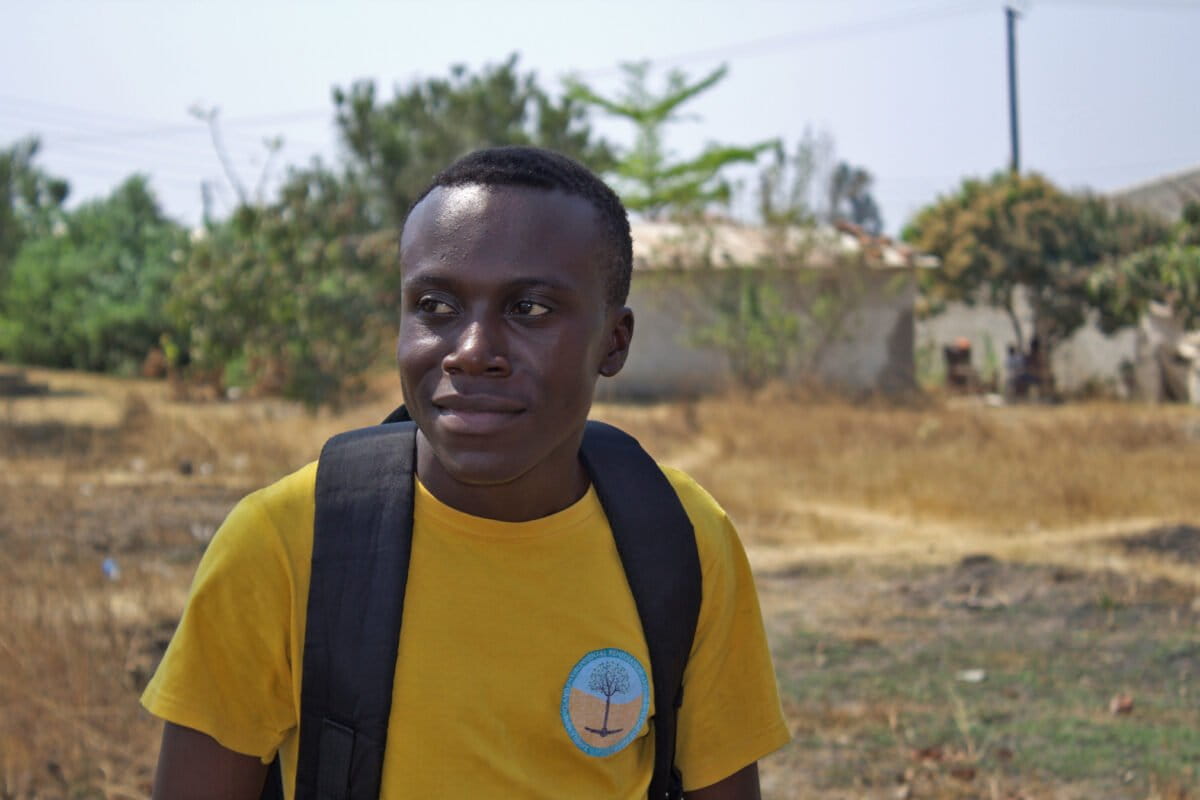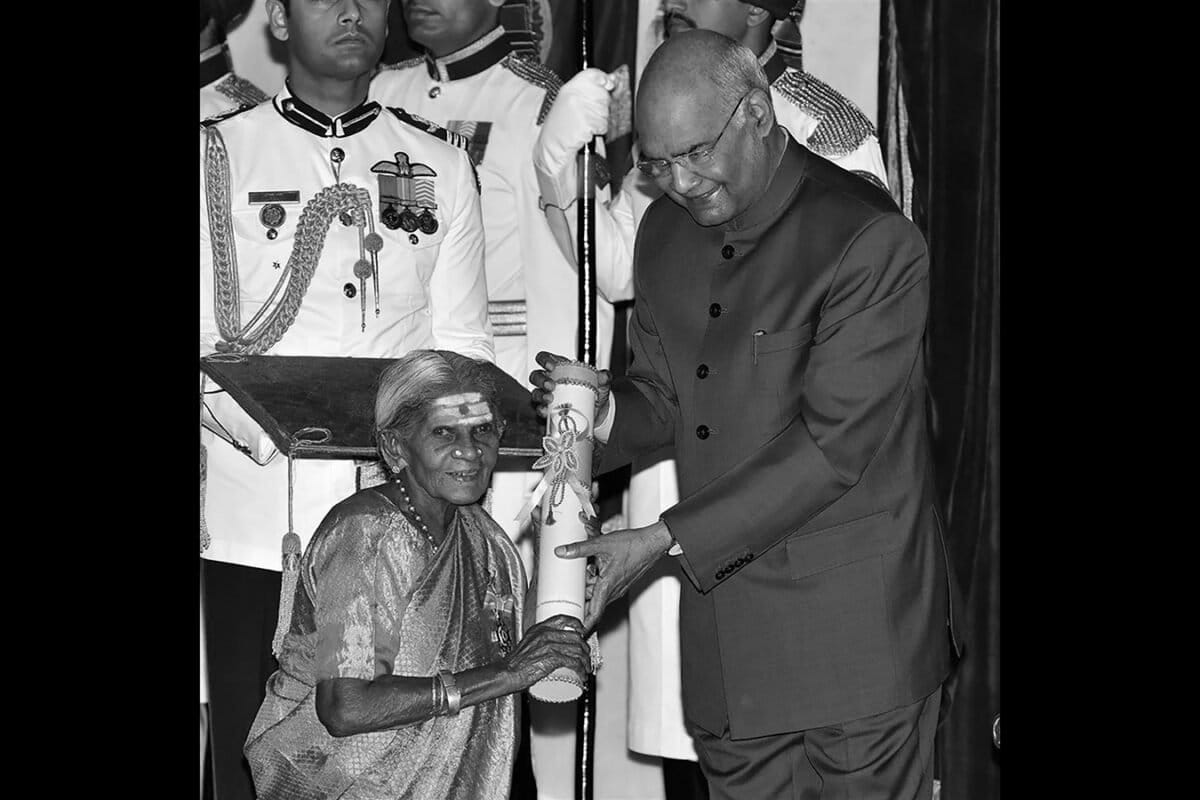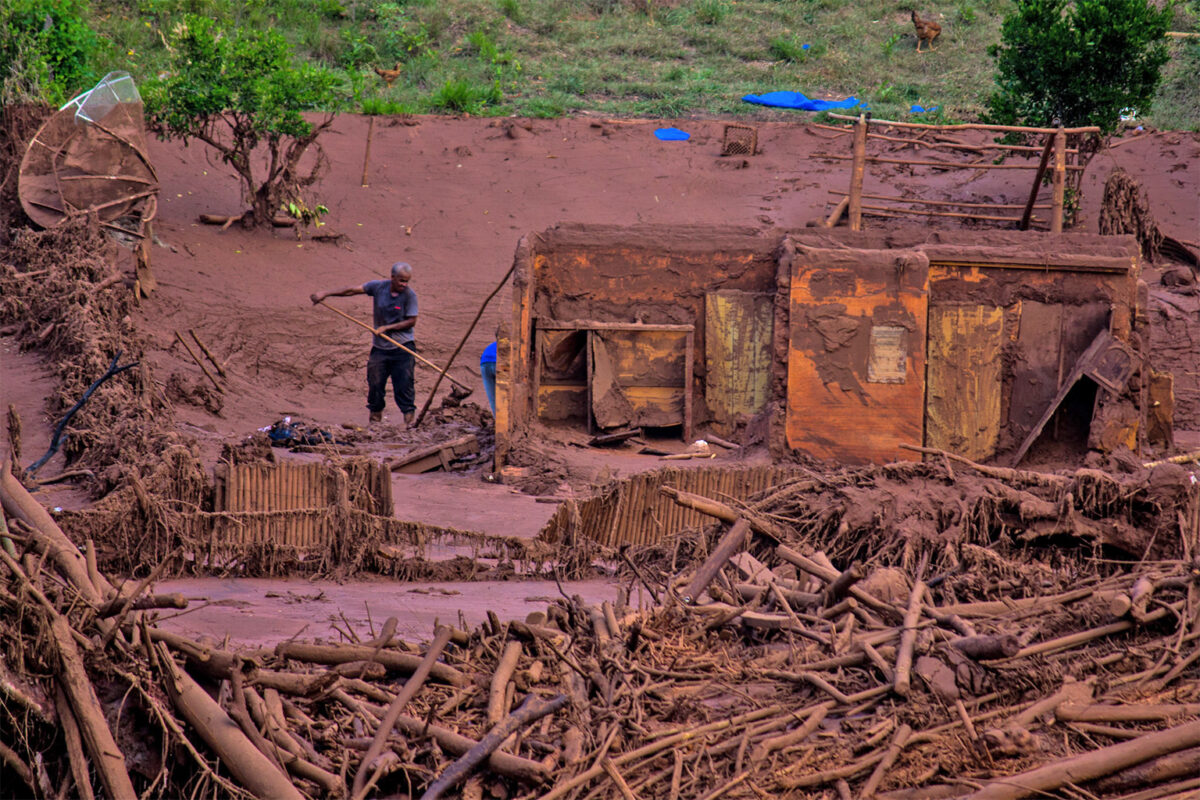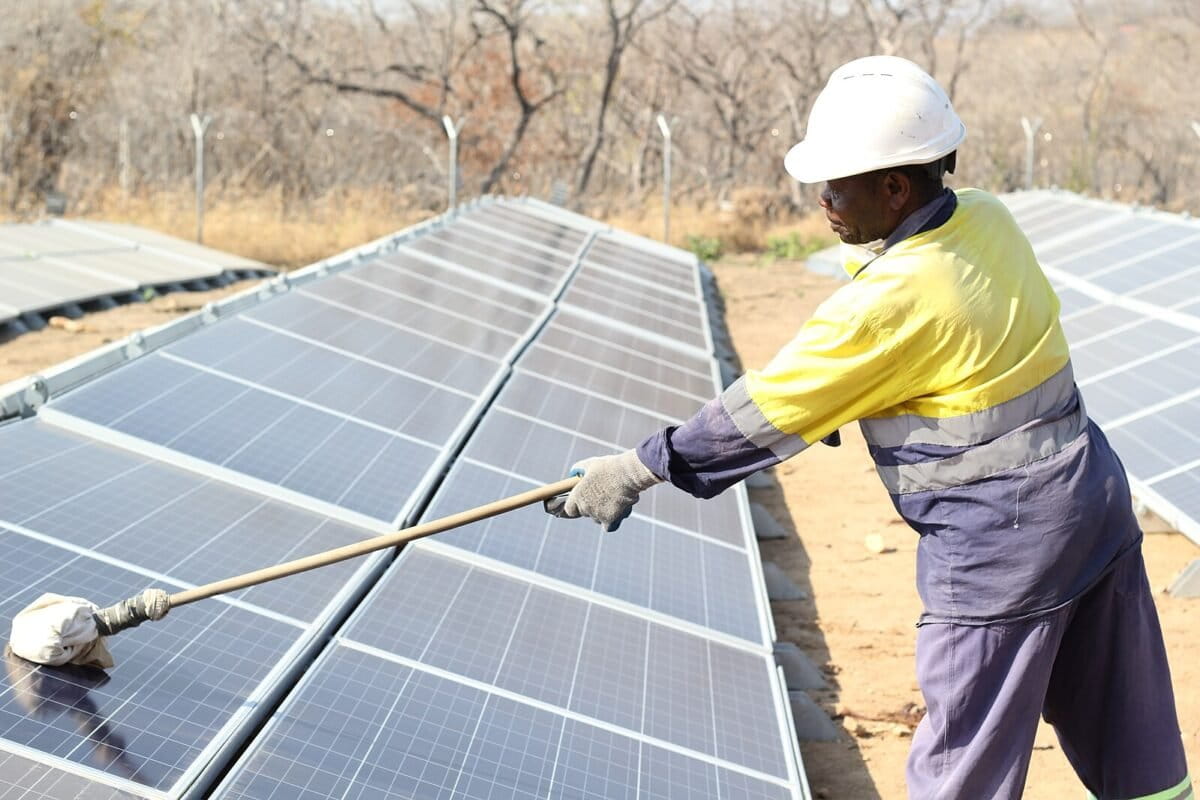- Zambia is seeking to capitalize on the green energy boom through copper and other critical minerals, but campaigners warn that without real accountability and community participation, the next mining wave could create new “sacrifice zones,” repeating a painful history.
- The town of Kabwe remains severely polluted after decades of lead and copper mining, with more than 95% of children showing dangerous blood lead levels.
- The “Zambia’s Sacrifice Zone” campaign, launched by young activists, journalists and NGOs, uses storytelling and radio to demand accountability, raise awareness and amplify community voices in the fight for environmental justice and cleanup.
- Authorities have rolled out remediation projects with World Bank support, testing tens of thousands of residents and improving water and infrastructure, but activists say compensation is lacking and enforcement of environmental laws remains weak.
LUSAKA — As Zambia looks to profit from the growing global demand for copper and other transition minerals — essential for the world’s green energy future — the story of Kabwe, a mining city poisoned by the resource, stands as a warning. If the government and the companies that mine its wealth don’t break with the patterns of the past, activists warn, any new mining booms will likely repeat the destruction of mining host communities’ health, livelihoods and environment.
In June 2024, a coalition of young activists, journalists and environmental groups launched a campaign called “Zambia’s Sacrifice Zone,” aiming to explore the legacy of mining lead and copper in Kabwe and reinforce the push for accountability from government and mining companies. A partnership between a Zambian NGO, the Agents of Change Foundation, and Radio Workshop, a South Africa-based nonprofit that trains young community journalists across the continent, the campaign relied on a podcast, radio programs and listening parties.
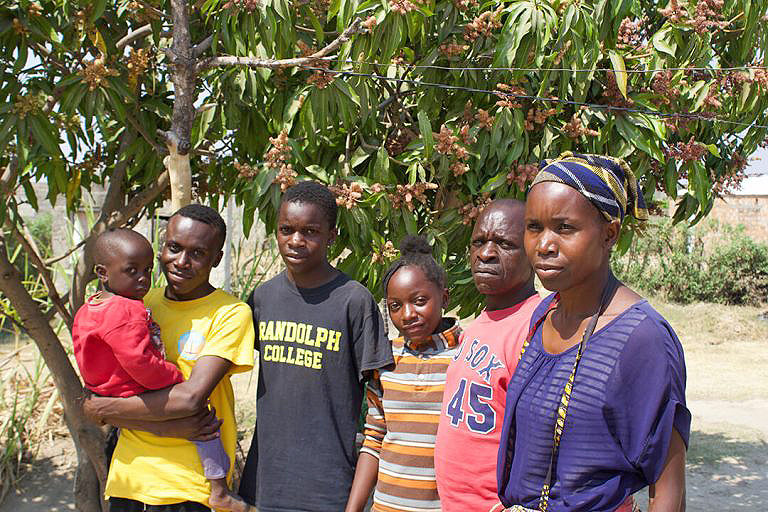
Putting a face to a crisis
At the center of the campaign is the story of Oliver Nyirenda. As Nyirenda was growing up in Kabwe, his mother noticed that his growth was stunted, his reactions slow. Tests confirmed severe lead poisoning.
Decades of unregulated mining and smelting by the former Broken Hill mine company had contaminated the soil, air and water of this central Zambian city with dangerous levels of lead. When operations ceased in 1994, the site was not cleaned up. Dust from waste dumps still blows into nearby communities such as Chowa, Makululu and Waya.
Children have been the most affected. As they play on contaminated soil or breathe in toxic dust, lead enters their bodies, causing brain damage, learning difficulties, stunted growth and other long-term health problems. Studies have shown that more than 95% of Kabwe’s children have blood lead levels far above safe limits, some reaching life-threatening concentrations.
For families like the Nyirendas, exposure comes from every direction: dust on their clothes, vegetables grown in polluted soil, and water from tainted wells.
Despite some cleanup efforts, much of Kabwe remains dangerously contaminated.
Oliver Nyirenda’s story reflects the daily reality of thousands of children trapped in an environment poisoned by a mining past that still shapes their future. But as he’s grown up, he’s turned his experience into a tool to fight for his future and that of thousands of other children.
“I started lead advocacy back in high school through the school eco club,” Nyirenda recalls. “I realized using my own story could help parents take their kids for testing and treatment. I never imagined it would grow into a campaign that reached so many families.”
His story puts a human face to a crisis often buried under the technical jargon of policy reports and legal briefs. Nyirenda’s call is simple: eliminate sources of continuing lead exposure in Kabwe, prioritize testing and treatment in all hotspots, and enforce the “polluter pays” principle so that companies take responsibility for the damage they cause.
Nyirenda, now a student at Copperbelt University, says greater community awareness due to the campaign has helped parents to find out more about the dangers of lead, with greater numbers now bringing their children for screening.
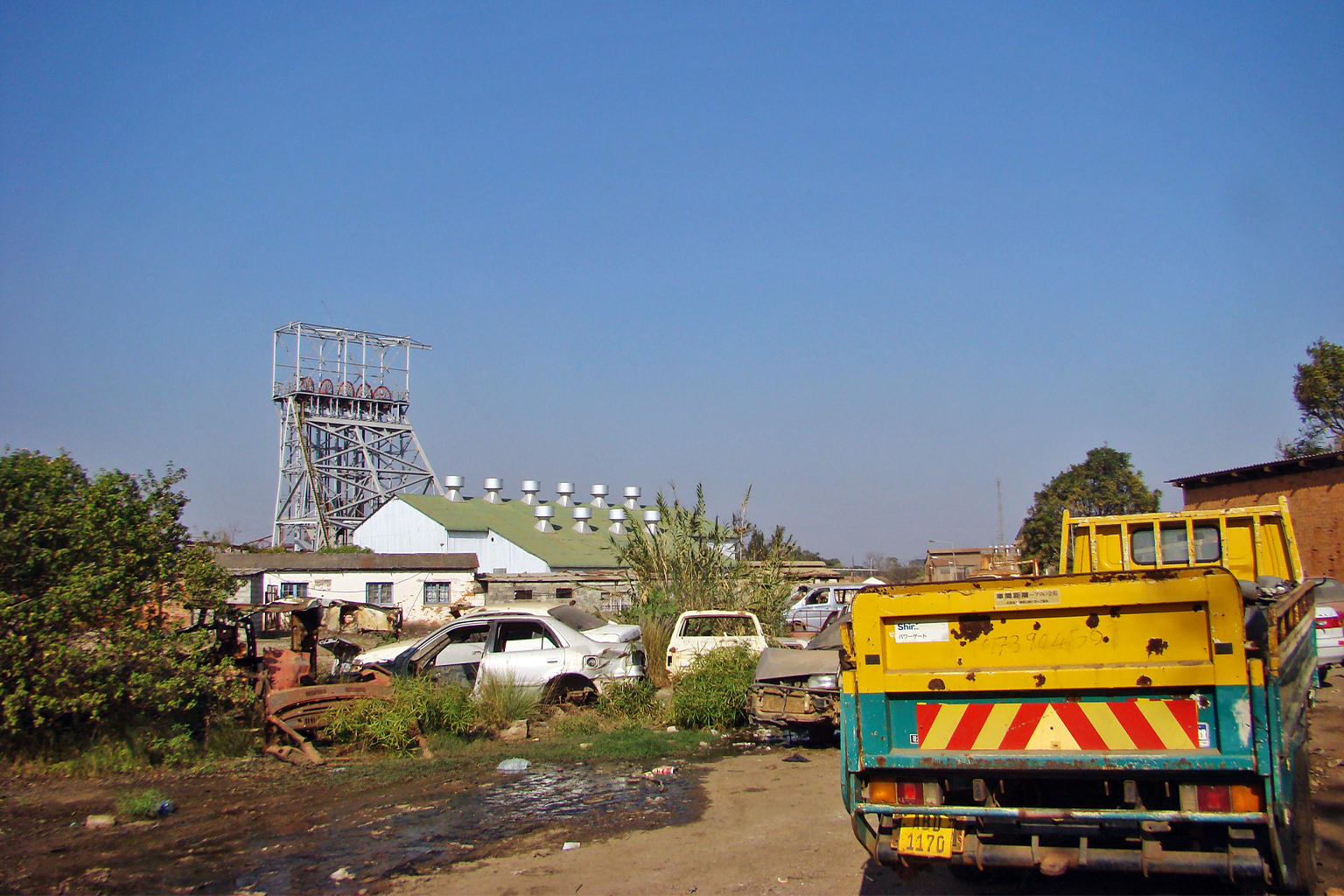
Affected communities raising their voices
For Namo Chuma, executive director of Environment Africa, a local NGO focused on making Kabwe lead-free, voices like Nyirenda’s are essential to any meaningful change. “Environmental justice is a process,” he says. “It’s about communities having a voice in decisions that affect them, governments enforcing accountability, and private companies putting people’s health and the environment before profit.”
Chuma’s organization has worked in Kabwe for more than a decade, helping children and families navigate through testing and treatment, raising community awareness, and demanding remedial infrastructure projects. He says resilience must come from the ground up; women, youth and community leaders in Kabwe can’t wait for outside solutions — they must be empowered to act.
“Environmental action groups and ward development committees are taking action in Kabwe,” Chuma says. “But we’ve learned that political will is key. Governments must invest in strong regulatory systems and environmental monitoring, and communities need access to information and legal tools.”
Luckson Mwale, campaign lead at Agents of Change, says, “Young activists in Kabwe are no longer just victims; they are becoming advocates, leading dialogues with local authorities and amplifying their stories in the media.”
The campaign has prompted renewed media coverage, complementing international reports such as Human Rights Watch’s “Poisonous Profit,” and spurring fresh debate about the government’s environmental responsibility.
The Radio Workshop’s training of young reporters and community broadcasters has strengthened local capacity to cover environmental health issues beyond the immediate campaign, challenging silence and political sensitivity around pollution.
The campaign’s podcasts and radio broadcasts have helped Kabwe’s story travel across the country, drawing national and international attention.

Government is responding
According to Hapenga Kabeta, permanent secretary in Zambia’s Ministry of Mines and Mineral Development, the government has taken steps to rehabilitate Kabwe through the $65.6 million World Bank-supported Zambia Mining and Environmental Remediation and Improvement Project (ZMERIP).
“We have identified hotspots within Kabwe and in some cases put paving bricks in many areas so that pollutants do not affect young people,” Kabeta tells Mongabay. “We have also put up boreholes to ensure access to clean water, and constructed the Kabwe Canal with a concrete slab to prevent further contamination.”
Kabeta says that thanks to ZMERIP, more than 35,000 residents have been tested and more than 6,000, mostly children, have received medical treatment.
The program has also funded schools, remediated landscapes, and stabilized a major dump site. It’s brought boreholes and piped-water systems to reduce reliance on polluted wells, and paid for a concrete lining for the Kabwe Canal, once an open conduit for toxic sludge.
“This prevents the spread of lead-laden water into communities,” Kabeta says. “We’ve also planted vegetation and constructed shoulders to stop re-pollution.”
Kabeta says new equipment for testing imported from Germany allows clinics to track blood lead levels continuously. “Average lead concentrations in children’s blood have begun to decline in remediated areas — a modest but hopeful sign,” he says.
“Beyond Kabwe, the government has begun rehabilitating other polluted sites, such as tailings dams in Mufulira, where vegetation has been planted to neutralize contamination. It’s what we do going forward that matters,” Kabeta adds. “The interventions we’ve made so far are meant to address the challenges we are facing as a people.”
In Chowa, a group of widows started a brickmaking enterprise using clean soil, while another in Waya launched a small vegetable garden project on rehabilitated land. “We are proving that even here, you can build a future,” says Beatrice Phiri, the Chowa/Waya group leader.
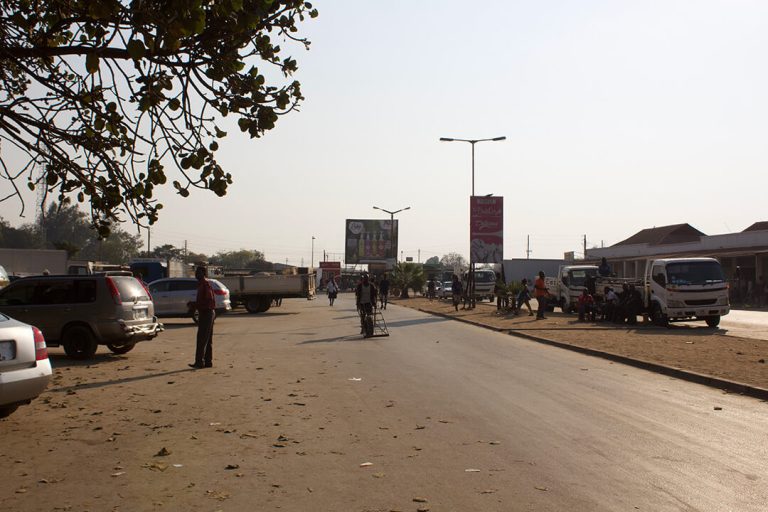
Kabwe’s disaster has prompted changes to Zambia’s environmental governance framework. The Environmental Management Act of 2011 strengthened the Zambia Environmental Management Agency’s powers to regulate pollution, conduct environmental impact assessments, and enforce penalties. More recently, revisions to the Mines and Mineral Development Act have integrated stricter environmental standards into mining licenses.
The government has also strengthened the Mine Safety Department and introduced clearer guidelines on environmental protection funds, ensuring that mining companies contribute to rehabilitation reserves that can be used if they abandon a site.
Activists say that while the laws are now stronger on paper, implementation is often weak.
“The law shouldn’t just attract foreign investment,” Nyirenda warns. “It should protect the people of Zambia. It shouldn’t leave gaps for businessmen to maneuver their way out when they are wrong.”
According to the campaign, while ZMERIP has supported visible remediation and upgrades to infrastructure, there have still not been significant cash payouts to Kabwe victims from the “rehab reserves.”
“I have not heard of a family or families that have been compensated — only remedial measures like tree planting, paving, testing and treatment, and provision of safe and clean drinking water to some households, while others still struggle with access to water,” Nyirenda says.
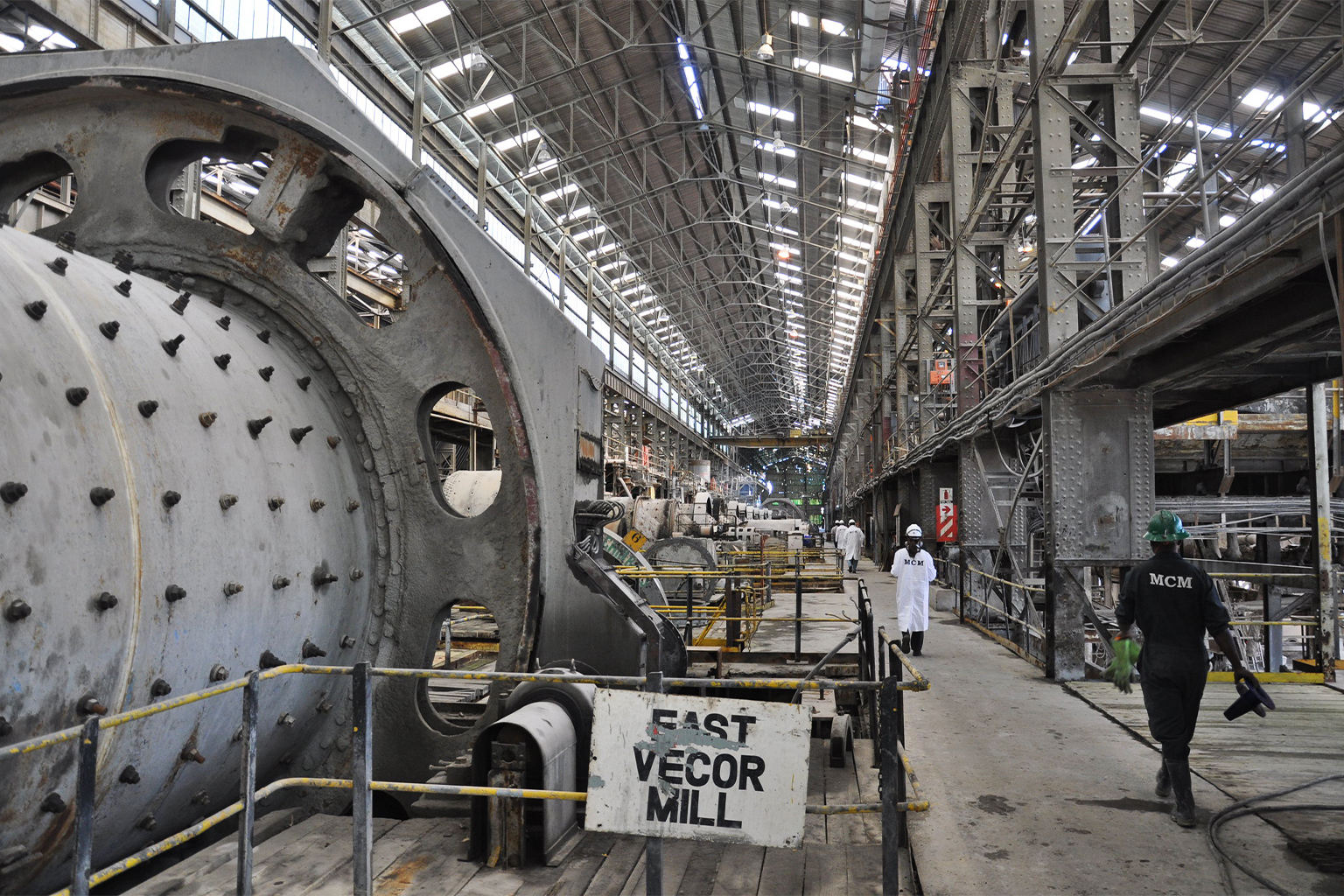
Working toward a better future
“The colonial legacy of mining exploitation has left many such sacrifice zones across Africa,” says Human Rights Watch’s Juliane Kippenberg, who has studied Kabwe’s contamination and was the lead author of the “Poisonous Profit” report. “Now, with the global rush for ‘critical minerals’ to power electric cars and renewable energy, we risk repeating the same mistakes — prioritizing profit over people.”
As the world transitions to low-carbon technologies, Zambia’s reserves of copper, cobalt, nickel and manganese — all crucial for electric vehicles, batteries and renewable energy systems — are driving a new wave of exploration and expansion.
In Zambia’s Copperbelt region, towns like Chingola, Chambishi, Mufulira and Kitwe remain haunted by decades of pollution: acid mine drainage, tailings dam failures, and air contamination. While companies like Mopani and Konkola Copper Mines have pledged to adopt “cleaner” mining technologies, enforcement gaps persist.
In Kitwe, the effects of decades of smelting and waste dumping from the Nkana Mine linger. Sulfur dioxide emissions and contaminated tailings continue to affect nearby communities.
The mine, now called Mopani Copper Mines, has new owners who are planning to ramp up production, prompting concern among environmentalists that expansion will proceed faster than remediation.
ZEMA has mandated a comprehensive environmental audit of Mopani’s facilities, but civil society groups insist that affected communities must be part of the process. “Before we dig new ore, we must repair old wounds,” says Chuma from Environment Africa. “Otherwise, we are just deepening the injustice.”
“The challenge is development that only covers the interests of others and not the community,” says Isabel Mukelabai, executive director of Civil Society for Poverty Reduction (CSPR), a network of more than 100 civil society groups focused on research and advocacy for social justice and equitable development in Zambia.
“We have seen lots of community neglect when it comes to mining activities here,” Mukelabai says. “And the situation may just repeat itself like the Kabwe lead crisis.”
Kippenberg adds, “The pressure to supply critical minerals is immense, but deregulation under that pressure could recreate new sacrifice zones.”
Mopani illustrates a central challenge for the green transition: how to mine sustainably for a cleaner world without repeating extractive harm done to affected communities.
For campaigners like Mwale from Agents of Change, the solution lies in collaborations, partnerships and persistence from the victims and the affected communities. “Getting decision-makers to listen is one step,” he says. “Getting them to act is another. But the more we tell these stories, the harder it becomes for them to ignore.”
Community-led advocacy has amplified local voices, legal efforts have internationalized the fight for justice, and the government says it has begun remediation to address the dangers in Kabwe. Yet the true test of Zambia’s commitment lies ahead, activists say — in ensuring that the new mining boom does not create tomorrow’s sacrifice zones.
For young people like Oliver Nyirenda, the path is personal: “I want to see a future where children in Kabwe can play without fear of poisoning,” he says. “Where mining no longer destroys, but sustains.”
Banner image: Youth activist Oliver Nyirenda in Kabwe. Image courtesy of Radio Workshop.
Will clean-energy minerals provoke a shift in how mining is done in Africa?
Mining spill highlights need to protect Zambia’s vital Kafue River & its fish
FEEDBACK: Use this form to send a message to the author of this post. If you want to post a public comment, you can do that at the bottom of the page.


